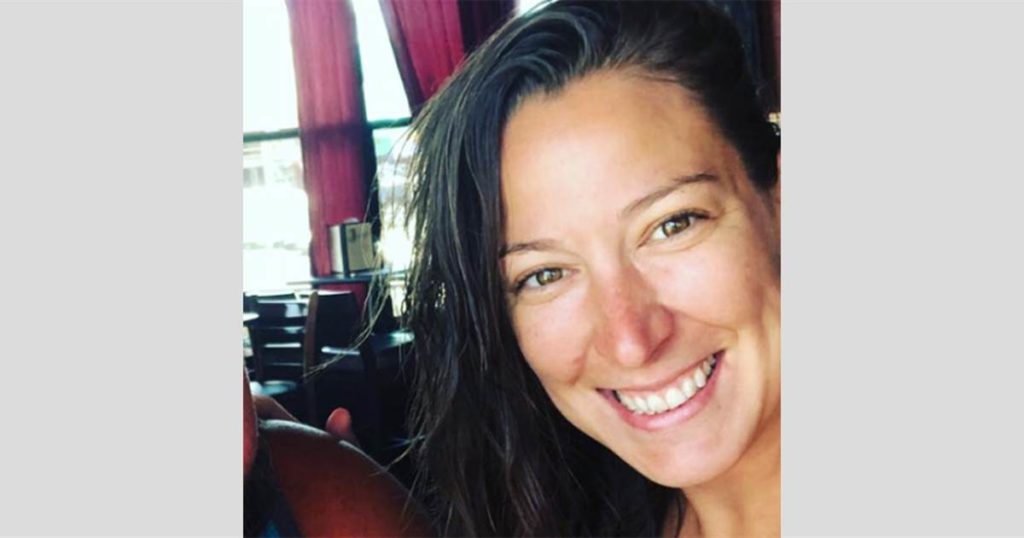This week, U.S. Congressman Jim Jordan (R-OH) really put Dr. Anthony Fauci – the bureaucrat MD who has been Director of the National Institute of Allergy and Infectious Diseases (NIAID) for nearly 30 years – on the spot. Mainstream newstainment outlets spin it, otherwise. Unfortunately for them, C-SPAN is free and some people record hearings and general sessions.
During Congressional questioning about the COVID-19 shutdowns and mask restrictions Fauci continues to inflict upon American citizens in the name of public health, Jordan asked the doctor to give us his number, his magic metric that would determine when people could gad about with their smiles showing. What numbers need to be reached before Fauci felt the citizens of the United States of America would be free to go to church, have a funeral for a family member, meet a new one that entered the world during this crazy time? Jordan’s questions were reasonable and they deserved thoughtful, articulate responses. Instead, Jordan received an earful of . . . People are sick! People are dying! You’re ranting! You’re making it personal! . . . from the most highly paid federal employee in the United States of America.
Reasonable, articulate answers are not available to Fauci so he was unable to provide same. In no small part because he is not the right person for this job. Officially.
.
When looking at the behaviour of Dr. Anthony Fauci, it seems as though he may have misinterpreted a gracious invitation to be part of the COVID-19 Coronavirus Response Team as an assignment of absolute power. How did Fauci’s voice become the lone, national medical voice for the SARS-CoV-2 virus and the disease it causes, COVID-19? The Director of a national research institute? From a job responsibilities perspective, he seems to be ignoring the federal chain of command.
In the United States of America, the Department of Health and Human Services (HHS) is led by the Secretary of HHS, a Cabinet official seated via Presidential appointment after Congressional approval. HHS oversees diverse Offices, Programs and 11 Operating Divisions, all assigned different duties to keep the national population in good health. The HHS Operating Divisions are:
Administration for Children and Families (ACF)
Administration for Community Living (ACL)
Agency for Healthcare Research and Quality (AHRQ)*
Agency for Toxic Substances and Disease Registry (ATSDR)*
Centers for Disease Control and Prevention (CDC)*
Centers for Medicare and Medicaid Services (CMS)
Food and Drug Administration (FDA)*
Health Resources and Services Administration (HRSA)*
Indian Health Service (IHS)*
National Institutes of Health (NIH)*
Substance Abuse and Mental Health Services Administration (SAMHSA)*
*Components of the Public Health Service
Under the HHS structure, CDC and NIH are peers. While there is some crossover when it comes to research activity pursued within the Divisions, they are tasked with different responsibilities. The Centers for Disease Control’s Mission, as published on cdc.gov:
“CDC works 24/7 to protect America from health, safety and security threats, both foreign and in the U.S. Whether diseases start at home or abroad, are chronic or acute, curable or preventable, human error or deliberate attack, CDC fights disease and supports communities and citizens to do the same.
CDC increases the health security of our nation. As the nation’s health protection agency, CDC saves lives and protects people from health threats. To accomplish our mission, CDC conducts critical science and provides health information that protects our nation against expensive and dangerous health threats, and responds when these arise.”
In the form of a “Pledge to the American People,” CDC promises to:
- Be a diligent steward of the funds entrusted to our agency
- Provide an environment for intellectual and personal growth and integrity
- Base all public health decisions on the highest quality scientific data that is derived openly and objectively
- Place the benefits to society above the benefits to our institution
- Treat all persons with dignity, honesty, and respect”
It is the responsibility of the Centers for Disease Control and Prevention to keep an eye out for us. They are our national health protection agency. CDC advises Americans on ways to stay healthy, providing public comportment guidelines when there is a health crisis.
CDC is the agency that tests water and tracks down the source of foodborne illness outbreaks, for example. They are also our national population health reporting agency, compiling and publishing statistics on US of American health-related issues; including, communicable disease, mental health, suicide and things like our current obesity epidemic. Their main task is to be aware, informed and communicative regarding any threat to our health; providing facts and data to US of Americans. CDC also conducts research on preventatives, therapies and cures for infectious agents.
NIH, on the other hand, is pure research with no formal public health service designation. The U.S. Surgeon General appointed all NIH Directors (with one exception) until legislation in 1971 moved appointment responsibilities to the White House. Today, the Director’s seat is filled by Presidential appointment with Congressional approval. Clinical researchers at NIH investigate causes, cures and therapeutics in effort to thwart looming health threats all over the globe. NIH is the world’s largest scientific research laboratory. From nih.gov:
“The National Institutes of Health (NIH), a part of the U.S. Department of Health and Human Services, is the nation’s medical research agency — making important discoveries that improve health and save lives.”
NIH oversees 27 Institutes and Centers, one of which is the National Institute of Allergy and Infectious Diseases (NIAID.) NIAID work is primarily focused on research – basic and translational – performed by clinical researchers. The study of allergies and infectious diseases is the primary task, with an eye toward understanding the biology involved. The Institute also researches cures and therapies which is where the NIAID’s work overlaps with CDC pursuits. Both conduct research to find cures and treatments for HIV, malaria, SARS, MERS, ebola and other communicable disease.
As the CDC is officially tasked with Public Health – they are the agency assigned to provide health-related information and guidance to the US of American public – why is Dr. Anthony Fauci, the Director of a research institution, running the COVID-19 show? This question has escalated from a bothersome murmur into a scream for attention as CDC and Fauci advisements diverge from one another, widely and wildly.
On 29 March 2021, Dr. Rochelle P. Walensky, Director of the Centers for Disease Control and Prevention, appeared on MSNBC’s Rachel Maddow show. In the interview, Dr. Walensky said there was no evidence, in the lab or in the real world, showing vaccinated people transmit the disease COVID-19 to others:
“… our data from the CDC today suggests that vaccinated people do not carry the virus, don’t get sick. And it’s not just in the clinical trials, it’s in real world data.”
When speaking with MSNBC’s Mehdi Hasan last Sunday, 11 April, 2021, Dr. Fauci had this direction to share with people who have received a COVID-19 vaccination:
“… until we show, definitively, that a person who is vaccinated does not get this sub-clinical infection and can spread to others, you should also continue to wear a mask for the time being.”
While the CDC advice has been just as alarmist as has been Fauci’s in many ways, it has been offered in a reasoned fashion. All this bureaucracy is a wearisome waste of time and money, but, if I choose to listen to the government I’m going to look to the advice of the agency tasked in Public Health Service, CDC. Not, the words of an arrogant, phobic man who does not recognise when he is overstepping his bounds and seems incapable of offering scientific evidence when asked for same. Oh, Fauci still hasn’t helped us find a way to manage seasonal and pet allergies without side effects. After 30 years. That, is reason enough to consider him an ineffective and underinformed federal pension bench sitter.

